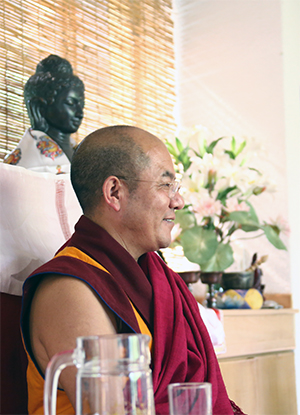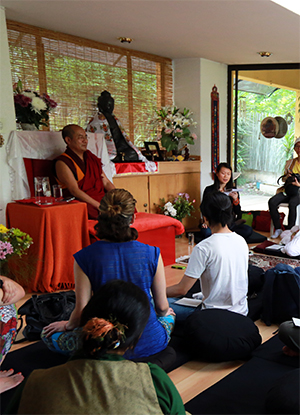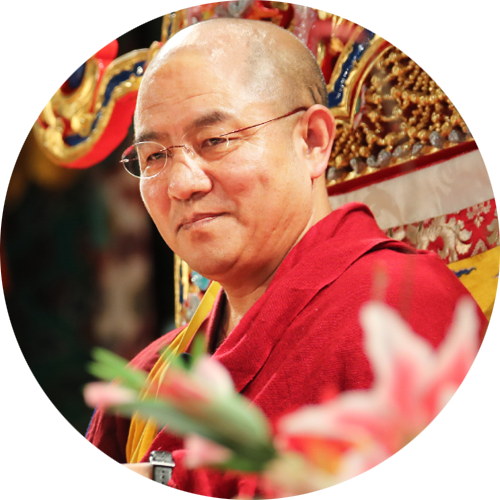The Four Dharma Seals
With what attitude should we face the changing life as a human being? Where do pains come from? Is there a real I, permanent and independent? How to transcend sufferings? The answer is found in this teaching of the Four Dharma Seals.
Appreciate Impermanence
Excerpt 1: Appreciate Impermanence
The Buddha has exhorted us to meditate on the first Dharma seal, “All conditioned phenomena are impermanent,” as it is unsurpassable in that it encourages Buddhist practitioners to be diligent in their practice. Besides, having some appreciation of impermanence can also help everyone cope with the inevitable changes in life. It leads to a sense of urgency so one can start prioritizing life’s tasks and stop procrastination and indolence to become more efficient in time management.
Excerpt 2: Why Buddhism Say Everything Is Suffering?
Buddhism does not deny the happiness that humans experience from time to time. But such happiness is as transient as a flash of lightning, a bubble and a rainbow, or as fleeting as the running water, which will disappear in a short time. When that happens, we suffer. Therefore, everything in this world in itself is suffering, since it either appears to be suffering or is the cause of future suffering. This is the meaning of the second Dharma seal, “All that is tainted is suffering.”
Excerpt 3: How to Deduce the Emptiness of Self?
In Buddhist scriptures, there is a dialogue between a king and a monk named Nagasena. The king considers himself to be truly existent, and then Nagasena asks the king: Is the so-called “self” existing in the king’s hands, or in his head, or his feet, or his skin? The king answers no, but he believes that the “self” is the sum of all his body parts. Nagasena then refutes this notice by arguing that if the “self” cannot be found in any specific part of his body, how can it be found in the sum of all his body parts? Finally, through Nagasena’s logical analysis, the king acknowledged that the so-called self is just a concept or a mere name we impose on these constituent parts. When one tries to find out where the “I” really is, he or she will always fail to do so.
Therefore, we further conclude the meaning of the third Dharma seal, “All phenomena are empty and devoid of self.” However, being unaware of this, everyone is so attached to the illusory concept of “I”, believing himself or herself to be truly existent.
Excerpt 4: The Peace and Happiness of Nirvana
Through studying and practicing the truth of emptiness or non-self, one will gradually reach the highest state of realization when all afflictions and obscurations are extinguished, experiencing only pure and everlasting happiness. This is the fourth seal, “Nirvana is peace.” This ultimate state is accessible to everyone; some may reach it swiftly, while others may require a longer time to subdue afflictions and accumulate extensive merits to reach that state.

Why Buddhism Say Everything Is Suffering?
Buddhism does not deny the happiness that humans experience from time to time. But such happiness is as transient as a flash of lightning, a bubble and a rainbow, or as fleeting as the running water, which will disappear in a short time. When that happens, we suffer. Therefore, everything in this world in itself is suffering, since it either appears to be suffering or is the cause of future suffering. This is the meaning of the second Dharma seal, “All that is tainted is suffering.”

The Peace and Happiness of Nirvana
Through studying and practicing the truth of emptiness or non-self, one will gradually reach the highest state of realization when all afflictions and obscurations are extinguished, experiencing only pure and everlasting happiness. This is the fourth seal, “Nirvana is peace.” This ultimate state is accessible to everyone; some may reach it swiftly, while others may require a longer time to subdue afflictions and accumulate extensive merits to reach that state.
“The Four Seals are the four hallmarks of the Buddha’s teachings. The highest goal of Mahayana practice is to be able to employ all sorts of skillful means to benefit living beings throughout the universe at all times.”
